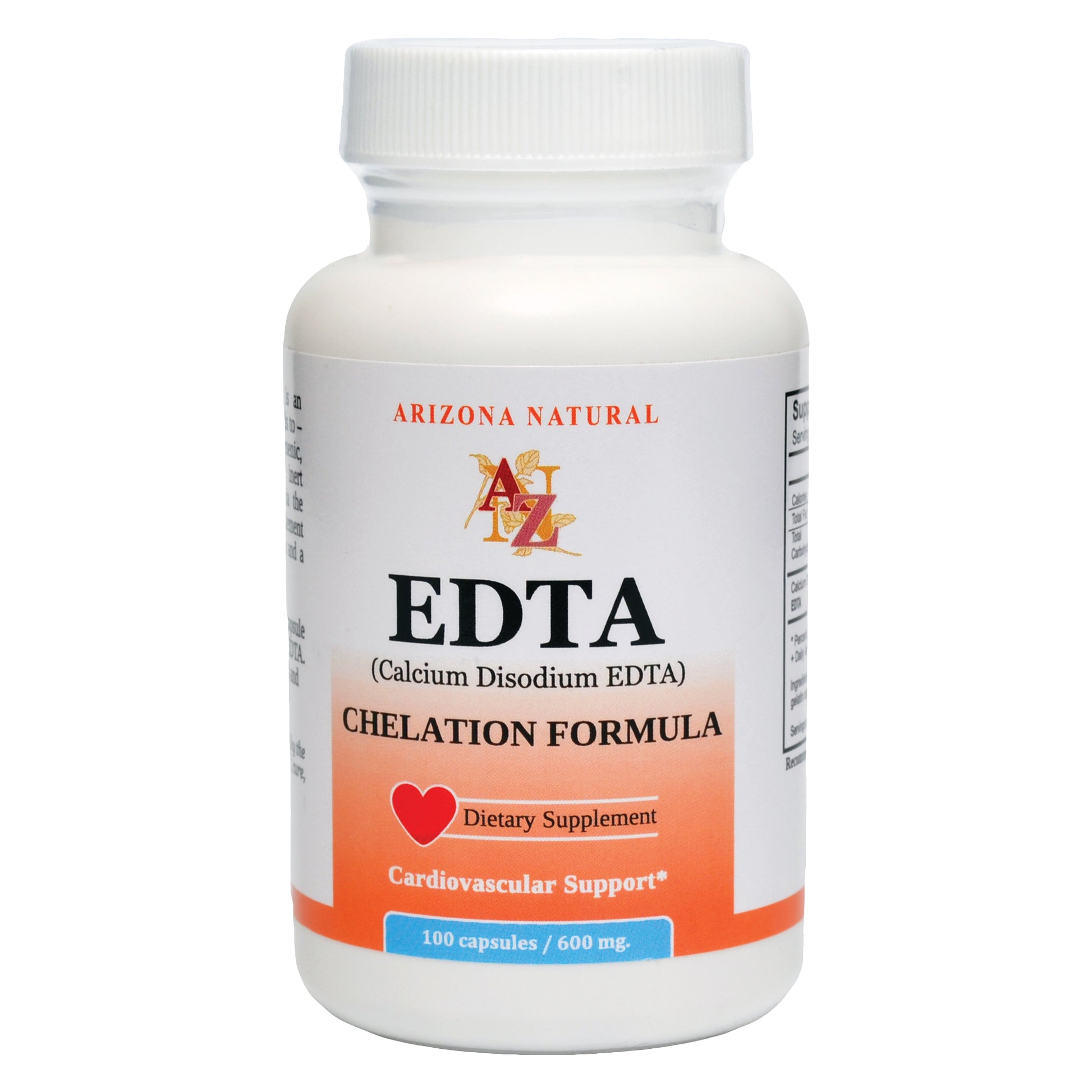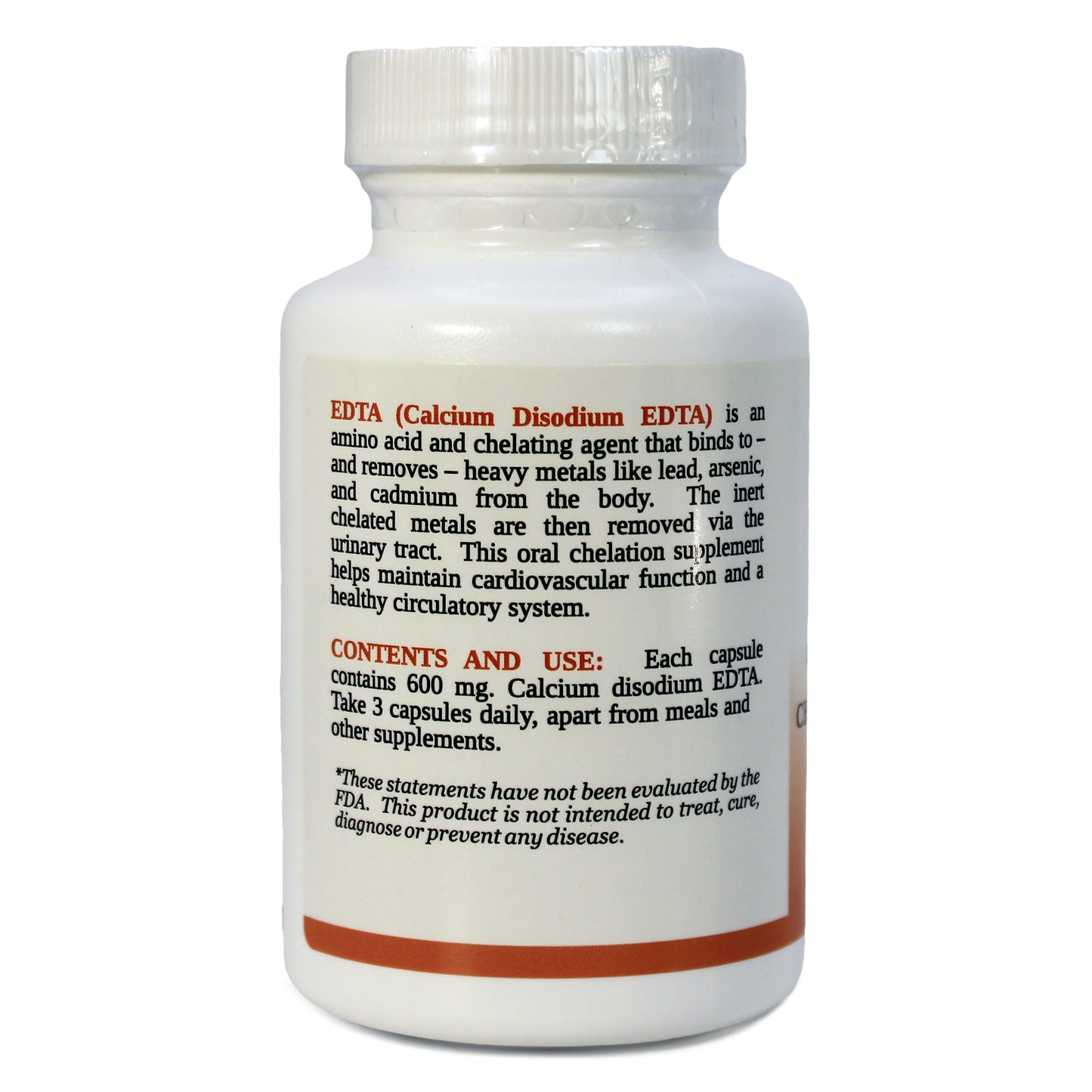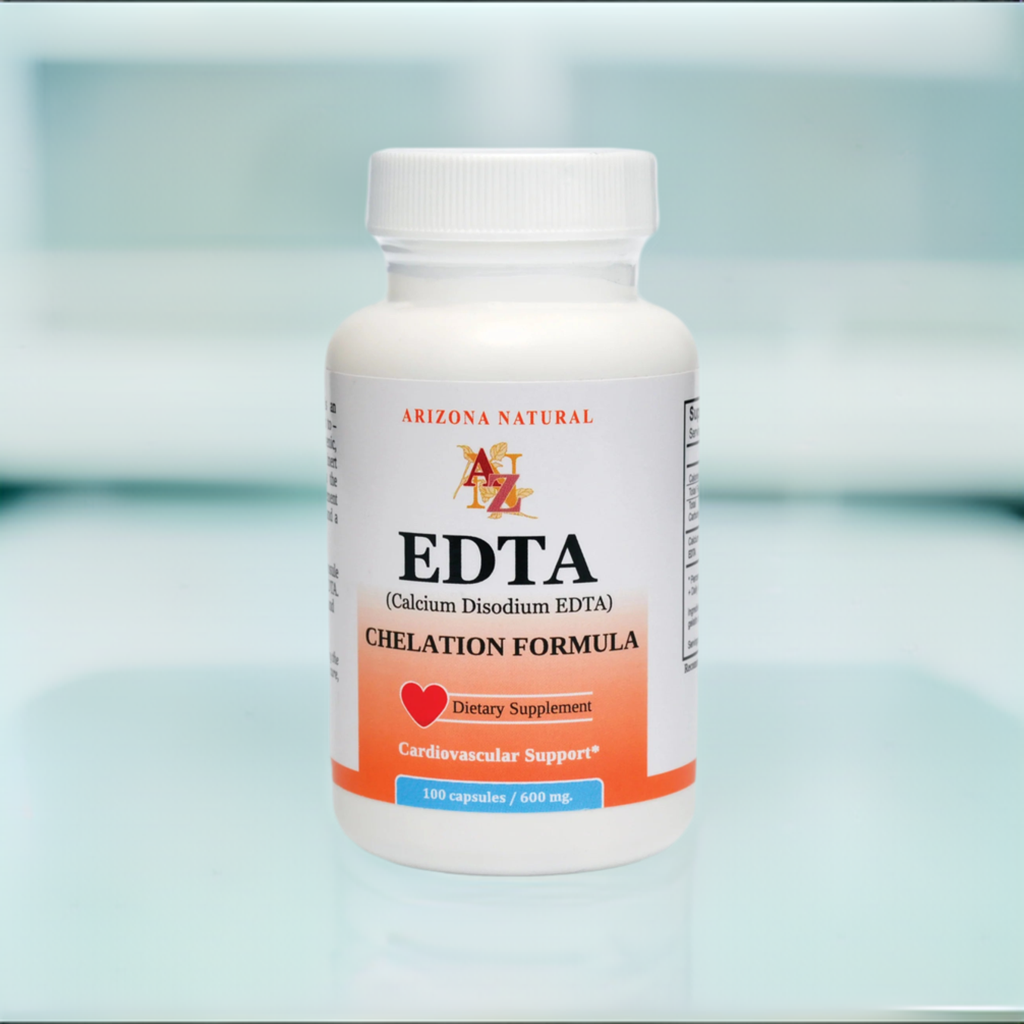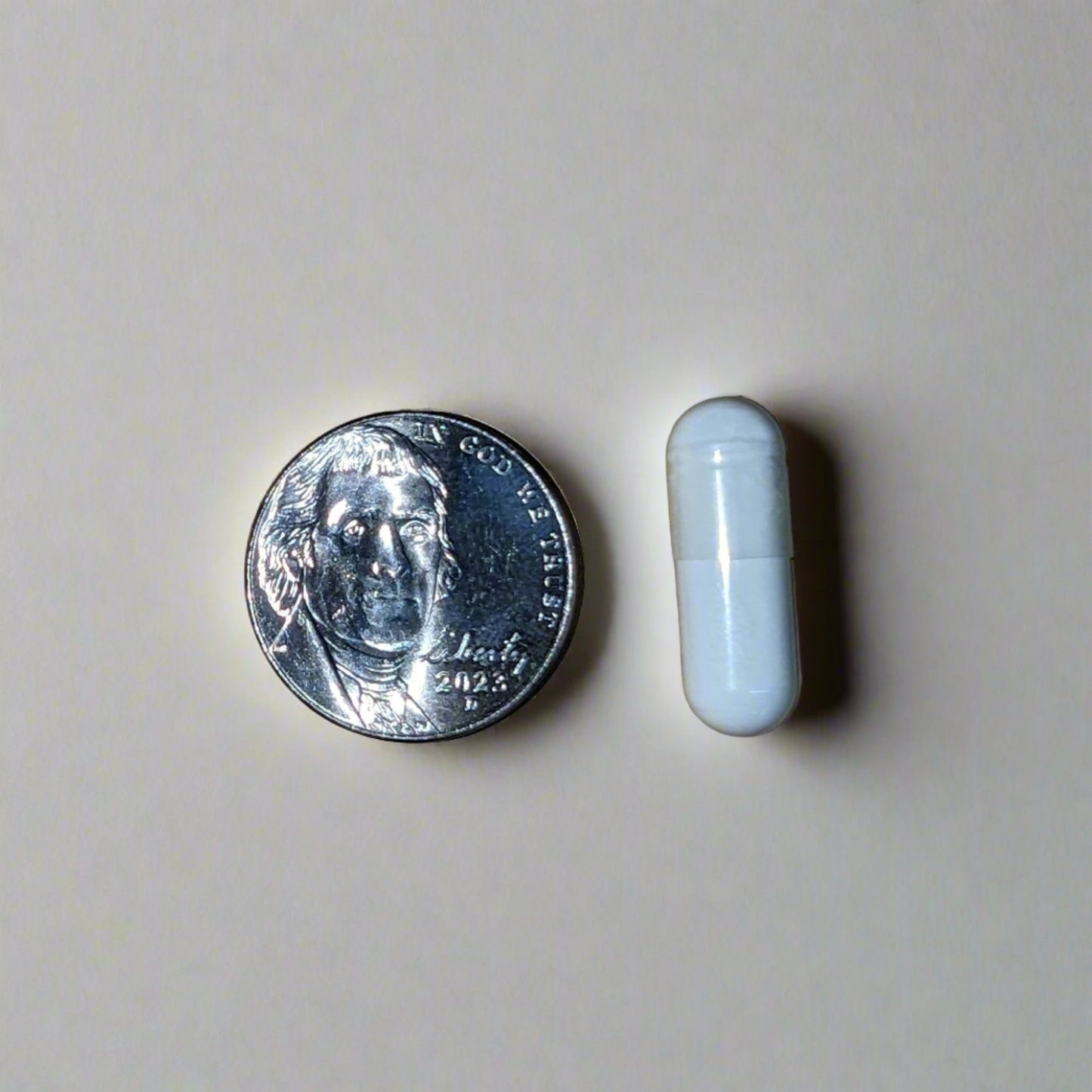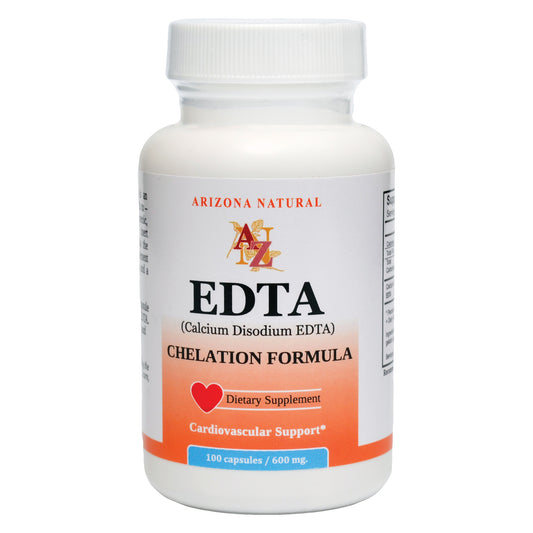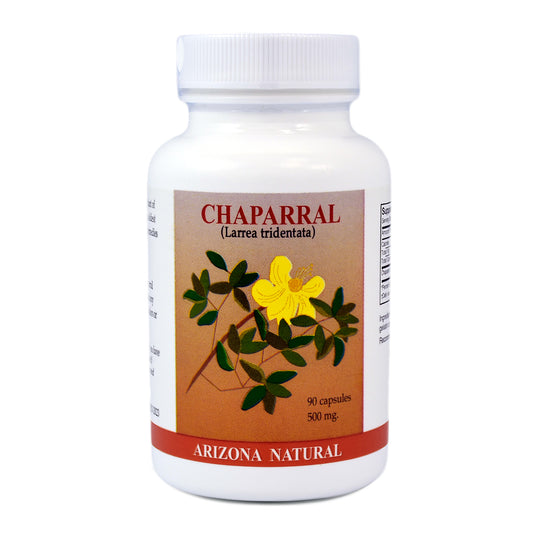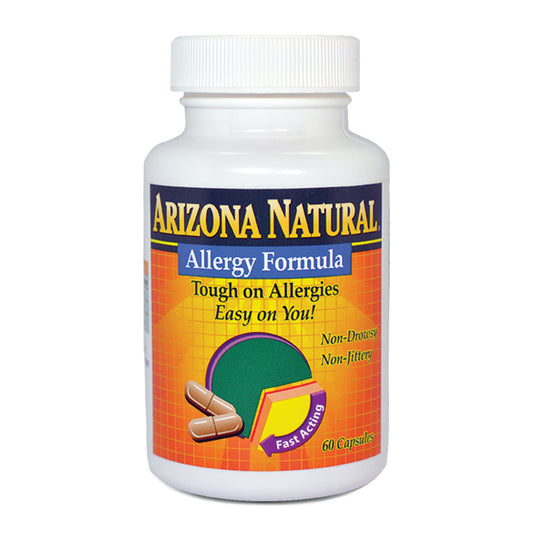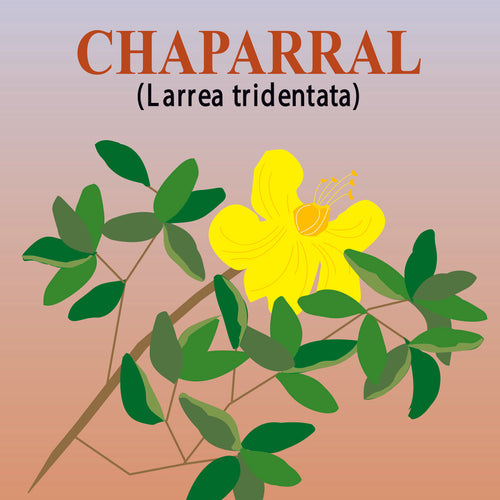
Chaparral & NDGA - Studies & Medical Applications: A Review
Share
“Nordihydroguaiaretic acid (NDGA), the main metabolite of chaparral, has been shown to have promising applications in the treatment of multiple diseases, including cardiovascular diseases, neurological disorders and cancers. It is a promising agent of North American herbal medicine, and it has extensive pharmacological effects and specific mechanisms of actions.” -Medical Science Monitor, 2010. (7)
The Most Successful Plant of the Western Hemisphere
Chaparral (Larrea tridentata) is a prolific desert shrub found in the American Southwest and Northern Mexico. Also known as creosote, this drought-resistant perennial has a robust arsenal of survival mechanisms allowing it to thrive in unforgiving environments. The leaves are coated in a waxy resin that serves as antimicrobial agents and as a protection against herbivores, UV radiation and water loss. Chaparral can also ensure its water supply by preventing other plants from growing too closely to its root system -- literally dominating its environment -- hence the Spanish name, Gobernadora (Governor). Larrea tridentata is one of the oldest living organisms on earth, with the oldest one on record being nearly 12,000 years! It is through self-cloning that it is able to achieve such great ages [1]. Chaparral was also the first plant to regrow after the 1962 nuclear tests in Yucca Flat, Nevada [2]. Few plants (and no animals) can boast such astounding and widespread prosperity in any environment, much less a desert. It is no wonder the Journal of Traditional and Complementary Medicines dubbed Chaparral, “The most successful plant in the Western Hemisphere”. [3]
Traditional Medicines and Modern Applications
Medicine has been directly connected to herbal remedies dating back several millennia by cultures across the world. To date, less than 2% of the plants on earth have been used for bioactivity, however these have resulted in nearly 1/4 of all prescription medications in western cultures! [3] Many countries even regulate plants as medicinal drugs. And despite continual scientific advancement, current medicine still relies heavily on drugs isolated from plants, fungi, molds, etc. to save countless human lives. This highlights the importance of investigating the plant kingdom for potential treatment methods. Chaparral is an important plant with a rich history as a traditional medicine. It is consumed orally, infused in water (tea), or applied topically as a poultice. The medicinal properties are evidenced by its historical prevalence throughout Native American tribes in Southwestern North America to treat a myriad of conditions including chickenpox, tuberculosis, kidney and gallbladder stones, cancer, venereal disease, skin sores, diabetes, colds and rheumatism [3,6,7]. Likewise, Mexicans and Anglos of the same areas have a long tradition of using Chaparral in a panacea-like manner.“The most important botanical drugs are discovered and validated by linking folk medicine and modern medicine.” -Treating Herpes Naturally with Larrea Tridentata (5)
Chaparral in Modern Medicine
Chaparral is a rich source of natural products containing flavonoids, essential oils, halogenic alkaloids and lignans. The most abundant and notable of them all is NDGA, also known as Masoprocol. Historical reports of its medicinal properties have been supported in a test-tube (in vitro) and in live animal studies (in vivo) [7]. Some of these properties -- namely antioxidant, antifungal, antiherpes, and anti-inflammatory -- have been known for over a century [6].
“The past 20 years have elucidated our understanding of chaparral and have revealed other vital activities showcasing NDGA as a powerful agent against HIV, Herpes Simplex Viruses (HSV), HPV, cancers, neuro-degenerative diseases, cardiovascular diseases, and symptoms of aging [12].”
Scientists have also created a semi-synthetic form of NDGA called M4N (or Teremeprocol) which is an FDA-approved cancer treatment used alongside chemotherapy. Because M4N’s chemical structure is virtually identical to NDGA [fig. 1], it is common for studies to attribute an activity of one to the other, even if the exact test was not performed on the other compound [13]. NDGA is able to affect such a diverse swath of conditions because it is known as a site-specific transcription inhibitor. That means it can stop malicious cell cycles (outbreaks) before they start, trigger apoptosis (cell death), and reduce development of new blood vessels that aid the virus (angiogenesis). Because uncontrolled cell growth is a hallmark characteristic of many cancers and viruses, NDGA’s unique modes of action are a novel approach that has garnered ample attention amongst researchers. NDGA is undoubtedly the all-star compound of Chaparral (Larrea tridentata), but it is also rich in several other lignans, which are an important group of chemicals found in plants that act as antioxidants and are considered anti-neoplastic (acting to prevent or halt the development of a tumor) [3,5,6,7]. Chaparral also contains 19 different flavonoids and over 300 active essential oils along with saponins, sapogenins, tannins, sterols, monoterpenes, and sesquiterpenes. [3]

